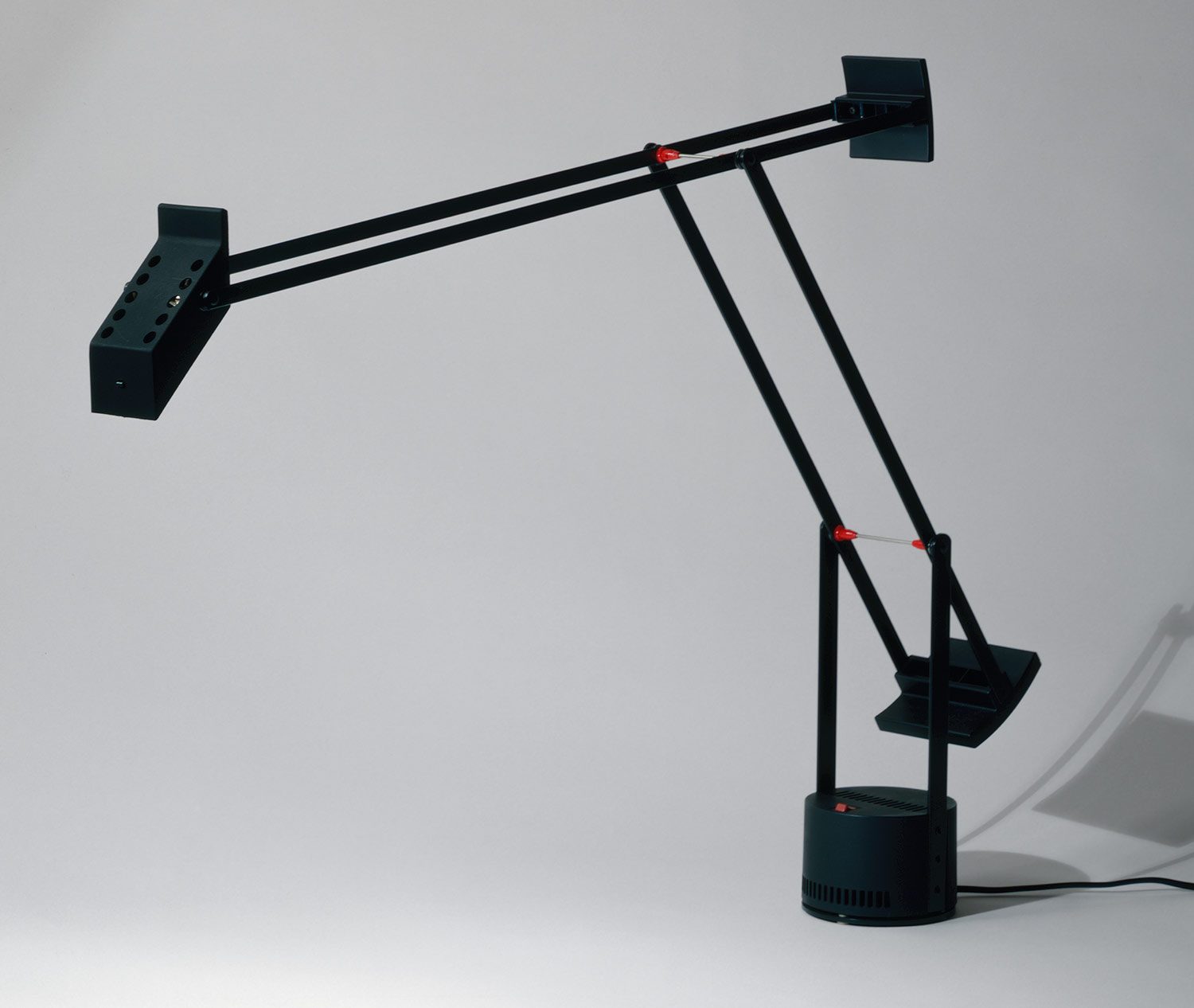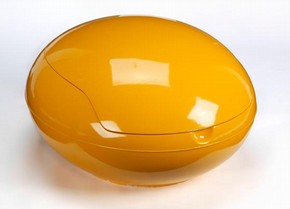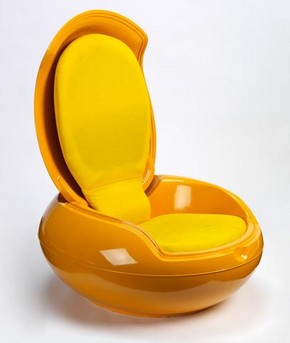The 2000s has seen a rapid growth of technologies which has influenced and altered life as well as transformed the way we think.
Chair_ONE, 2003
Konstantin Grcic (German, born 1965)
Manufactured by Magis (Italian)
78.7 x 55 x 78.7 cm
http://www.artic.edu/aic/collections/artwork/189808
Philippe Starck
Transparent Polycarbonate
21st c. Icon Chair
The Ghost chair was made by Kartell, and designed by Philippe Starck. It is permanently exhibited at the MoMA and the Pompideau.
It is made from a single injection of transparent polycarbonate to make this light, stackable, weatherproof chair. It is a contemporary take on the classic Louis XVI armchair.
http://www.design55online.co.uk/blog/2014/04/10/101-cool-chair-designs/
Pano, 2008
Studio Lo
Plywood
The Pano arrives as a single sheet of plywood that has been pre-scored using a high-powered water jet so that the parts of the Pano can be separated and assembled. It slots together using mortice and tenon joints and there are no connecting screws or bolts.
This design is not only elegant but also very ecological. The Pano might have evolved in a direct line from Kit Nicholson's Standard Booth's Oritetsu.
The chair achieves style, functionality and green credentials by openly embracing the very last in science and technology.
Studio Lo are Eva Guillet and Aruna Ratnayake, who have been working together since 2003. They work on objects through defining restraints - whether they be ethical, ecological, institutional, techincal, symbolic or a combination of some or all of these.
http://www.design55online.co.uk/blog/2014/04/10/101-cool-chair-designs/
Plywood
The Pano arrives as a single sheet of plywood that has been pre-scored using a high-powered water jet so that the parts of the Pano can be separated and assembled. It slots together using mortice and tenon joints and there are no connecting screws or bolts.
This design is not only elegant but also very ecological. The Pano might have evolved in a direct line from Kit Nicholson's Standard Booth's Oritetsu.
The chair achieves style, functionality and green credentials by openly embracing the very last in science and technology.
Studio Lo are Eva Guillet and Aruna Ratnayake, who have been working together since 2003. They work on objects through defining restraints - whether they be ethical, ecological, institutional, techincal, symbolic or a combination of some or all of these.
http://www.design55online.co.uk/blog/2014/04/10/101-cool-chair-designs/












































